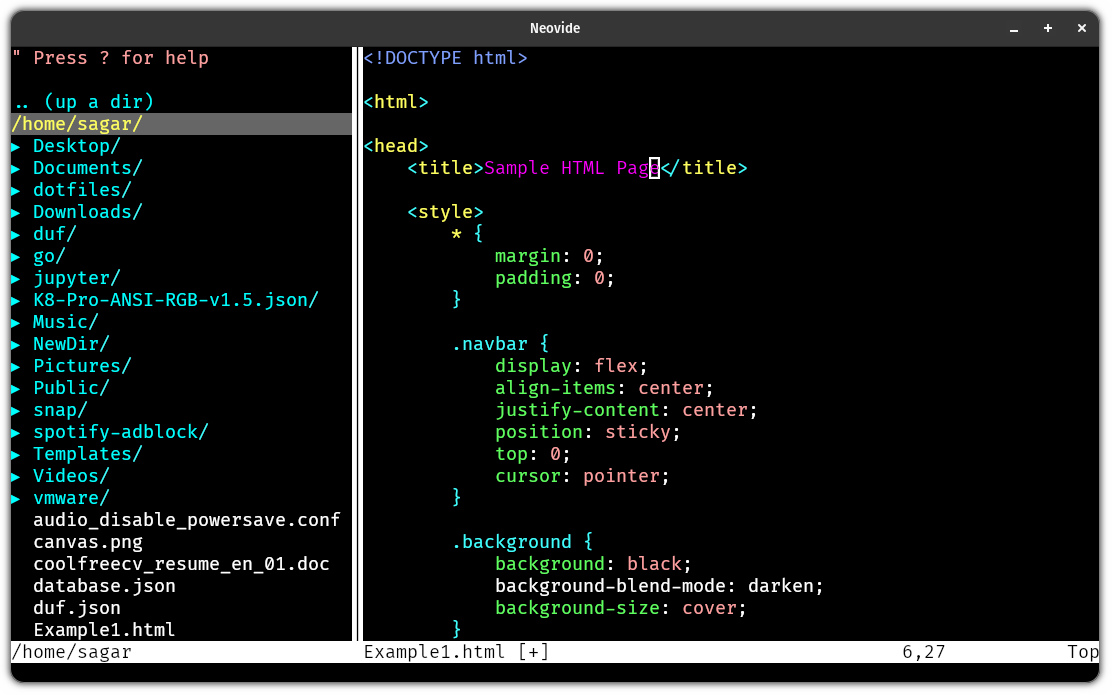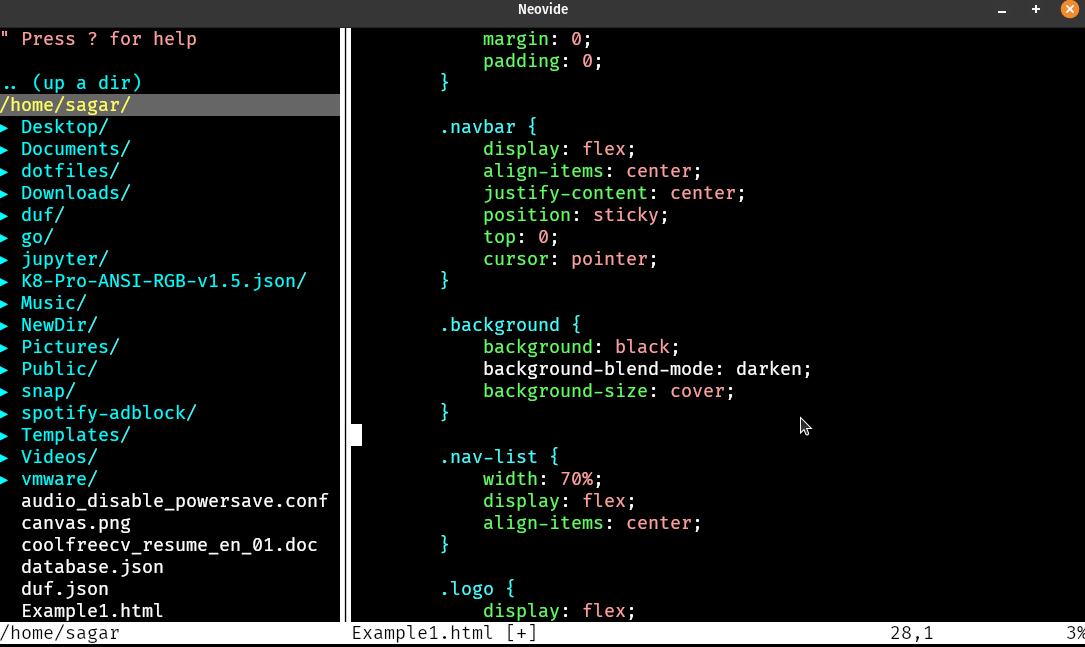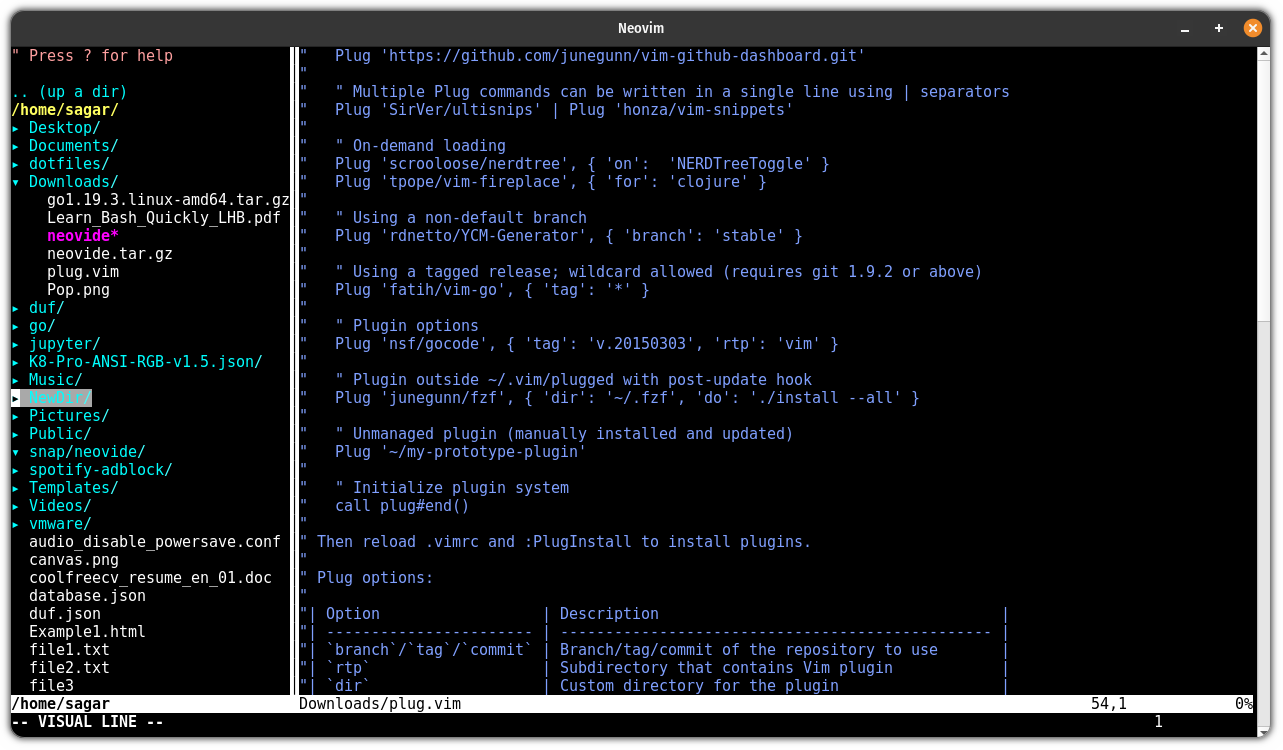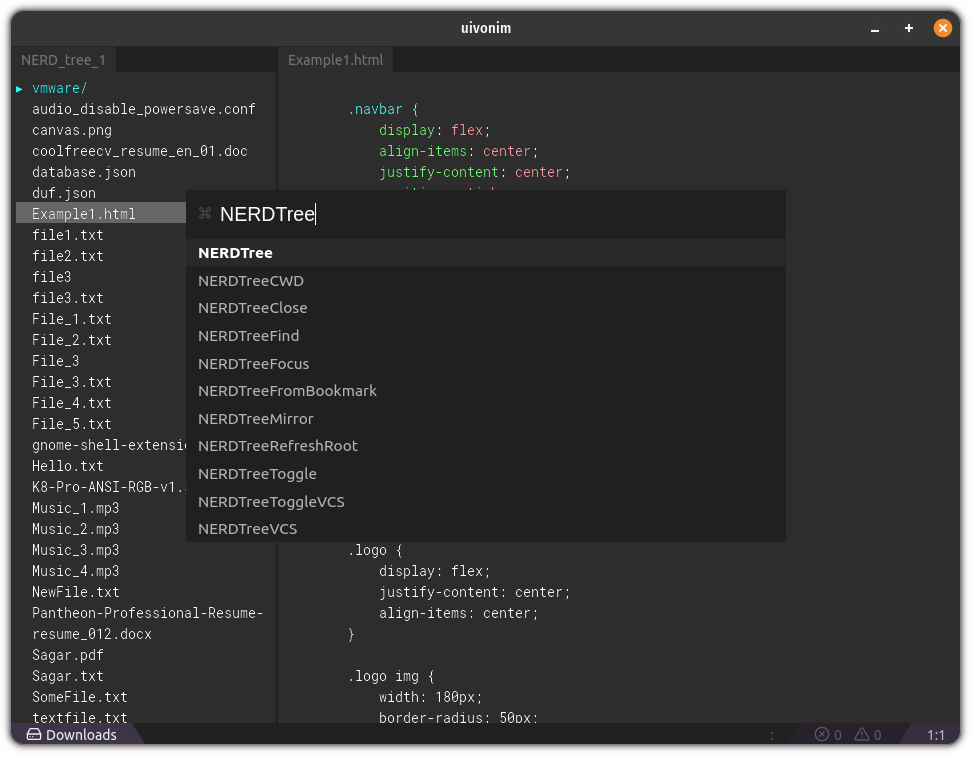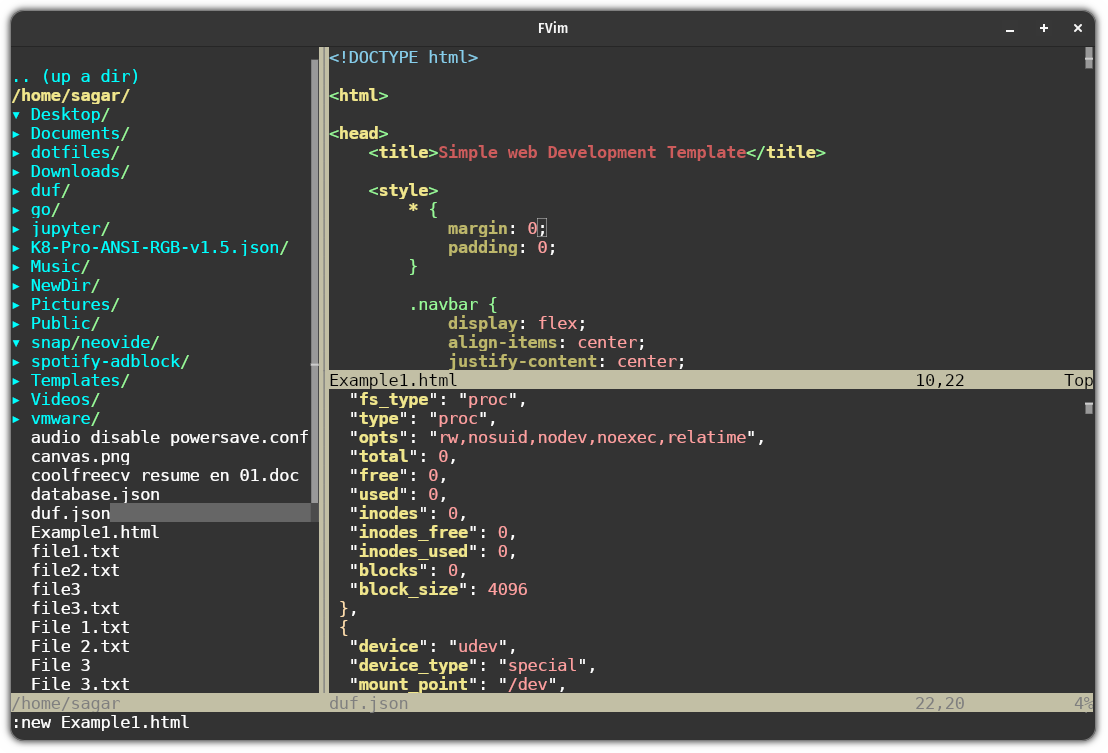Vim is awesome. NeoVim is newer and even more awesome. Both Vim and NeoVim are terminal-based text editors with similar features.
If you are someone who is accustomed to using GUI text editors like VS Code and wish to have the similar functionality that NeoVim provides, you should explore GUI options.
Although I know you can use NeoVim as an add-on for your current text editor, working directly with NeoVim is much more effective and convenient for managing plugins.
There are a few different options available when choosing a NeoVim GUI, and I have put together a list of some of the best ones below.
1. Neovide
Key Features:
- Animated cursor
- Smooth scrolling
- Animated windows
- Blurred floating windows
- Emoji support
Neovide aims to be a no-nonsense graphical user interface for NeoVim.
While you won’t see many graphical elements, it only adds some GUI features, such as animations, using a library called Skulpin to render animations.
And my favorite part of using Neovide is having an animated cursor and smooth scrolling. I mean, have a look at this:
Looks cool. Right?
2. Neovim Qt
Key Features:
- Hover features
- Multiple GUI tabs
- Auto tab completion
- Cross-platform support
As the name suggests, Neovim Qt is built with the Qt5 library, which you’ll often see being used by KDE. Nothing too fancy, adds some additional GUI features like multiple tabs, auto-tab completion, and more.
So if you are already using Qt5 libraries and want a minimal GUI for NeoVim, this would work like a charm and save you some dependencies.
Recommended: Vim vs Nano: What Should You Choose?
3. Uivonim
Key Features:
- WebGL GPU rendering and multithreading
- Support for VSCode extensions
- Nyancat (ANSI-text program for classic cat animation)
- Hover and code actions
Uivonim is a fork of Veonim (A simple IDE built on VSCode plugins and NeoVim) written in electron, making it the perfect choice if you switch from VSCode.
And the only goal of uivonim is to provide a rich NeoVim experience that supports the latest features of NeoVim, including floating windows, built-in LSP, and more. You do not need to rely on VSCode extensions to get these features.
4. FVim
Key Features:
- Detach windows (using
Ctrl+w and GE). - Custom popup menu entry icons.
- HiDPI support.
- GPU acceleration.
FVim is a cross-platform GUI for NeoVim built with F# + Avalonia that comes with some groundbreaking features such as high-performance rendering (60FPS on 4K display).
And I often use the detach window feature as I prefer to have separate windows for different text files. Also, if you are an advanced remote user, FVim won’t let you down either.
5. Goneovim
Key Features:
- Support for a terminal with bash and zsh
- Minimap
- Animated cursor
- High DPI scaling
- External float window
As its name suggests, Goneovim is written in GO and is a fork of Gonvim. And offers enough GUI features to get your job done such as an animated cursor, pixel scrolling, and more.
And it does not compromise on getting you basic text editing features, such as drag-and-drop support for text files.
Useful Read: How to Install Latest Vim on Ubuntu Linux
Wrapping Up
This was my take on what are some good options when it comes to GUI for NeoVim and I hope you found what you were looking for.
If I missed any of your favorites, let me know your thoughts in the comments.


